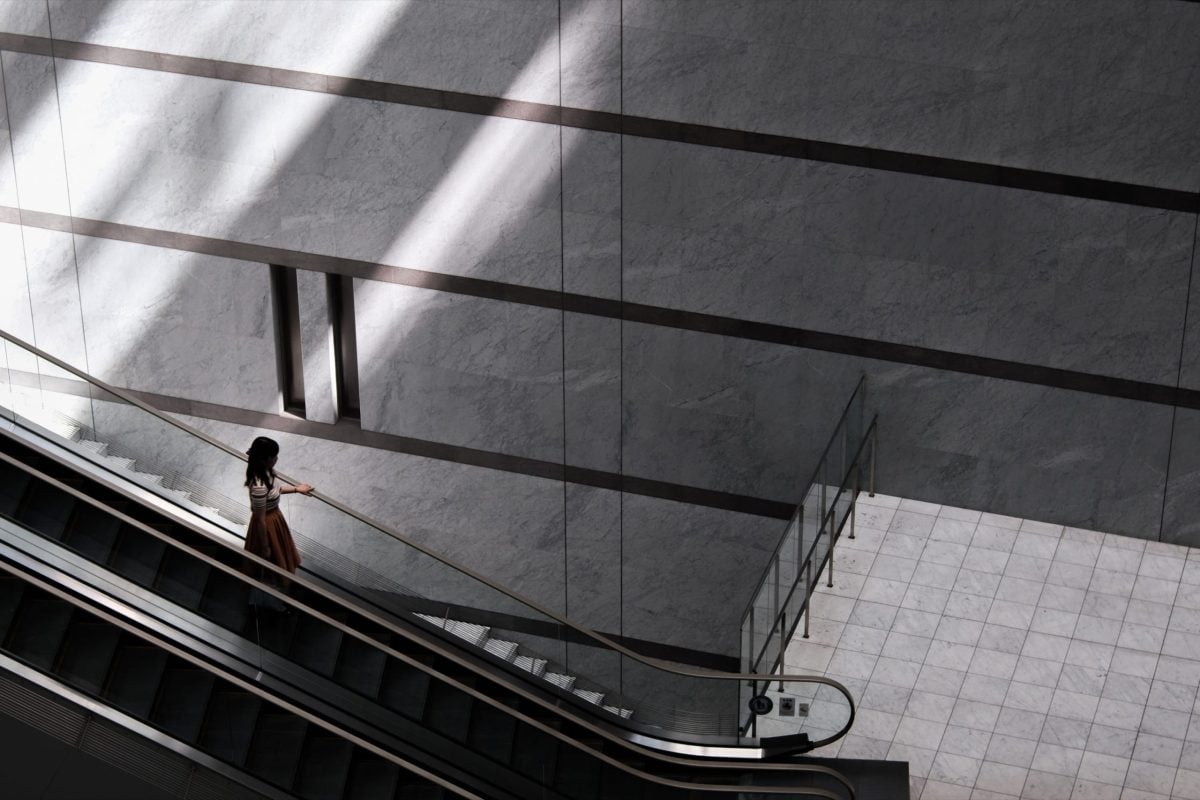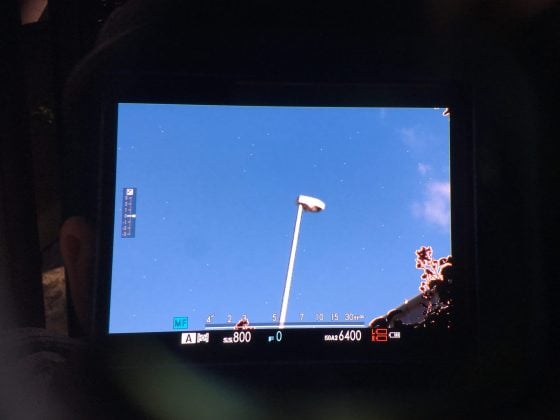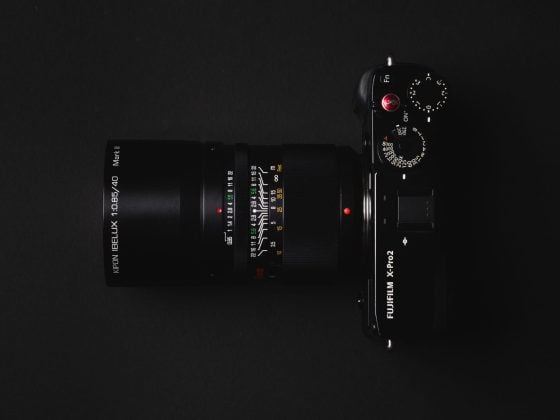The Kipon IBERIT 50mm f2.4 is a full-frame mirrorless lens designed to function as a lightweight and compact prime. The IBERIT is constructed with an aluminum barrel, a copper core, and stainless steel components. Although the lens isn’t that fast, the 6 elements in 6 groups produce a very beautiful image with a ton of pop and a classic rendering style with a lot of great character.
Lens Specs
| Focal Length: 50mm equivalent to 75mm on APS-C cameras Aperture Blade: 6-Blades Aperture: f2.4 – f16 Half Stop Clicks Elements: 6 Elements in 6 Groups Minimum Focus Distance: – 2′ (ILC) – 2.3′ (Leica M) Focus: Manual | 90-degree Throw CPU Contacts: No Construction: All Metal Filter Threads: 49mm |
Kipon IBERIT 50mm f2.4 – Amazon / Adorama / BHphoto
Pros – Lightweight, overall good image quality, nice contrast and color, metal construction, nice character, good contrast, nice sun stars
Cons – CA wide open, noticeable vignetting in the corners on full-frame cameras, some distortion
Pro or Con – quite a bit of flare
Kipon IBERIT 50mm f2.4 Review | First Impressions
Those who regularly read my blog probably know I’m a big fan of the Kipon lenses. You get this cool quality from them that just doesn’t exist with so many of the most modern primes. If you lean into the flaws just a little bit, you can produce some really interesting looks that add a lot of character to your photos. It’s another reason I also like those 7Artisan or retro M42 mount lenses. However, I’ve found these Kipon / Kipon lenses are usually a bit tamer with overall better image quality than a lot of the cheaper third-party lenses out there.
The optical quality with the IBERIT 50mm is nice. I thought the IBERIT 75mm had some cool classic rendering, but the IBERIT 50mm is just as magical. There is something really special about it I can’t put my finger on, I think it’s coming from the great micro-contrast and foreground-to-background separation as you transition into the out-of-focus areas. There is a nice pop to the details you often don’t see from over-corrected lenses, especially zooms.
However, since lens design is a battle of compromises, this nice classic rendering in a small package comes at a cost, which I’ll get into.
There is some corner vignetting on full-frame bodies when I mount my Leica M variant. I would be curious to see if the Sony E mount version has any issues or if the Leica Mount has issues with Leica cameras. The Leica mount versions of this lens produce a greater minimum focus distance, so there is likely a difference with the flange distance that could result in that corner vignetting. I advise anyone ordering Kipon lenses to order them in your camera’s designated mount unless you want to adapt them to different APS-C cameras, as I do.
You can order the Leica Mount to future-proof your lens from brand-switching bodies, but it costs a little bit more money because of the range finder coupling calibration you must undergo.
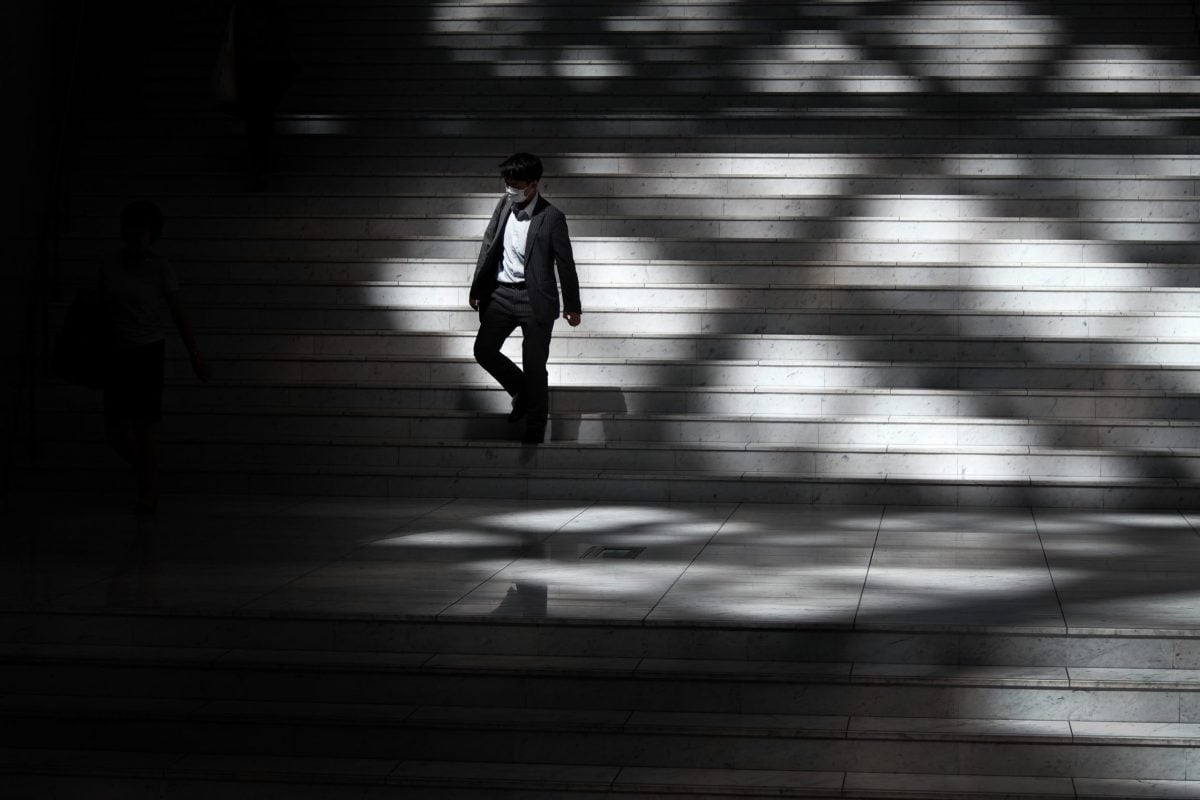
There is minor barrel distortion and chromatic aberrations in high-contrast situations when wide open.
Overall, it’s a pretty nice 50mm lens with a cool retro quality to the render. Still, there are a million 50mm lenses out there, especially if you delve into m42 mount lenses or Leica M lenses by Voigtlander Zeiss, and Leica.
The IBERIT 50mm is fairly compact for a 50mm and lightweight, so I always carry it with me.
For the price, you do get a pretty cool lens with an overall nice feel to the build. You’ll just have to look past some of the flaws when shooting wide open or learn to work around them.
IBERIT 50mm f2.4 | Build Quality
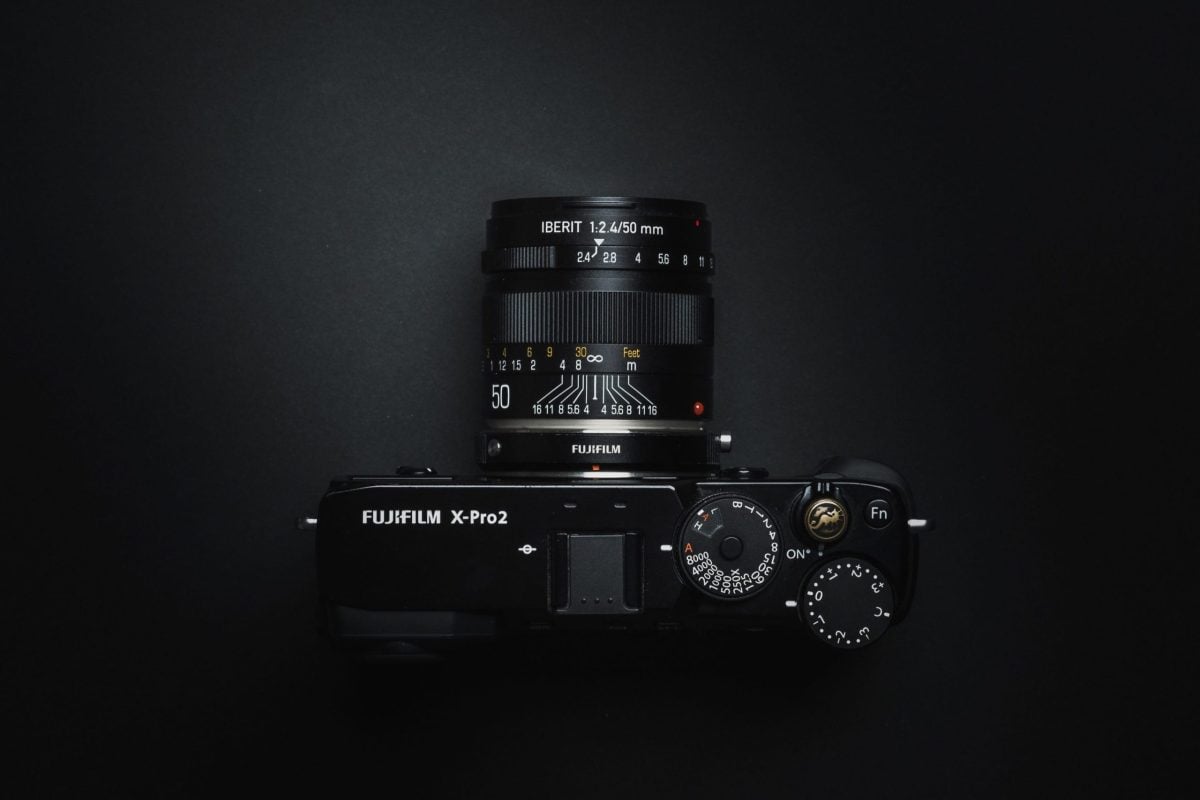
My first copy of this lens had oil on the aperture blades. It would seem that the IBERIT 50mm has a tendency to do this. My second copy has been great for the last year, but after running around and abusing it in the hot summer heat of southern Japan, I again have oil on the aperture blades.
Since the early models I’ve used, this lens has been silently updated a few times, so I would be curious to see if this problem has been remedied.
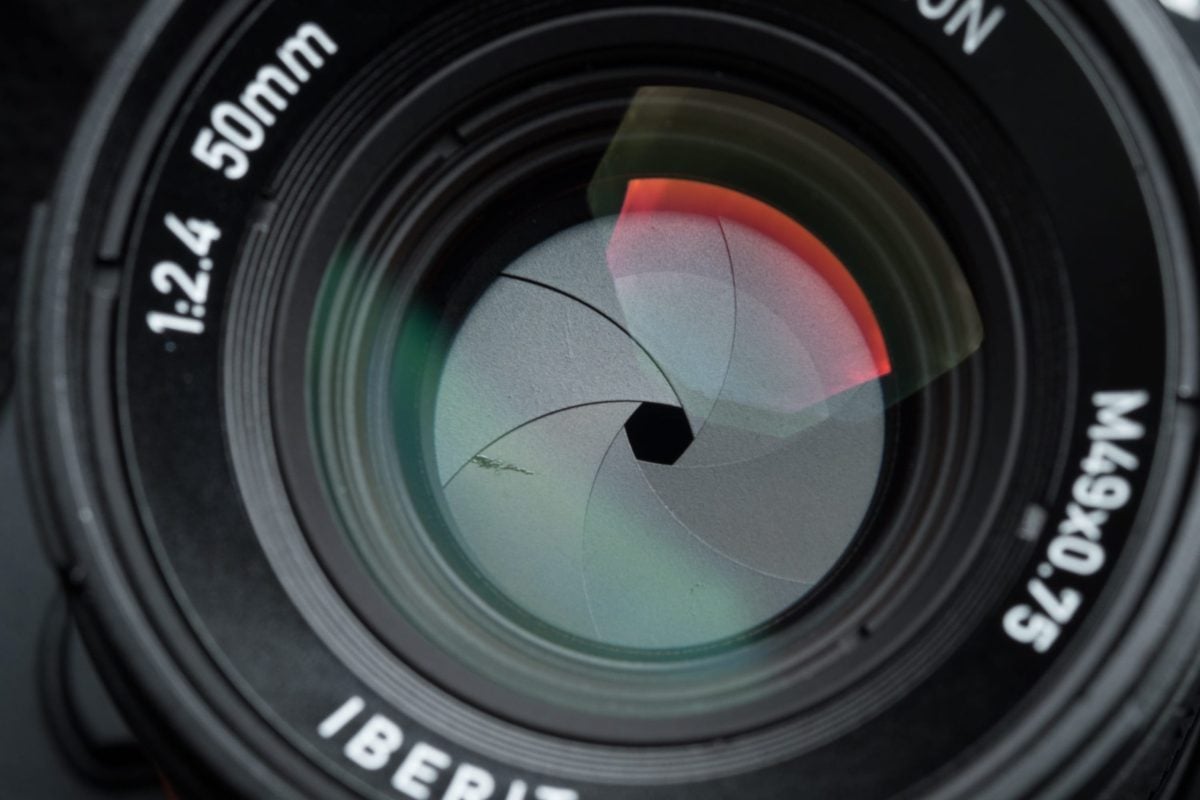
Of the three Kipon lenses I own, the 50mm f2.4 has the best build quality in terms of feel. The aperture ring is smooth, and the focus is even smoother. The precision between the two barrels is very nice, and the lens feels solid all around while still being lightweight.
The aperture blade feels good, is not too dry, and comes in half-stop clicks.
These lenses come in black or silver. I much prefer black to silver. Black has a much nicer matte finish, and silver tends to show more dirt, especially in the focus grooves.
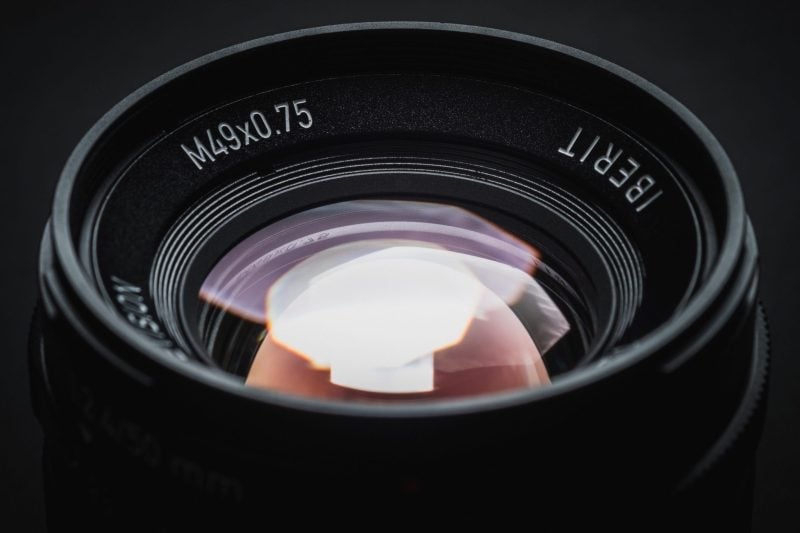
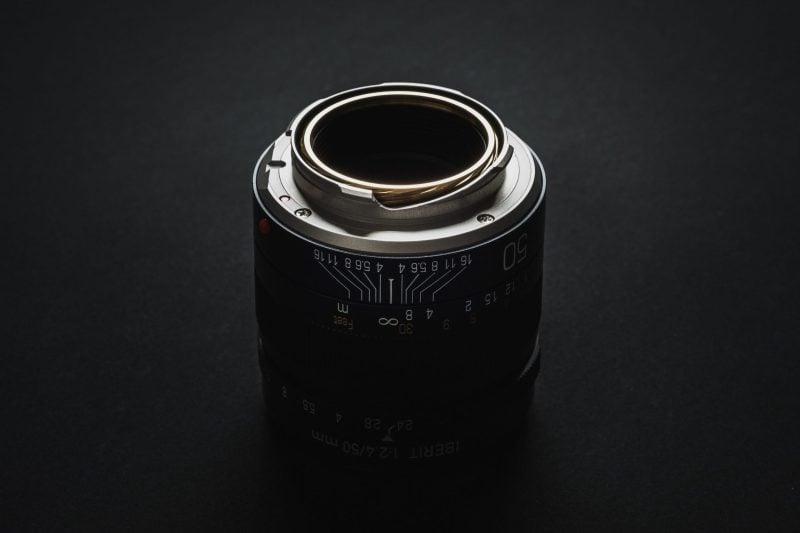
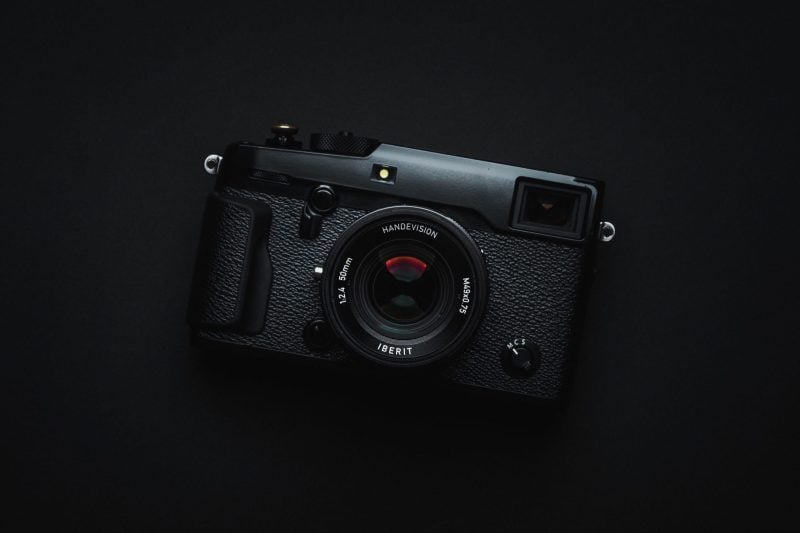
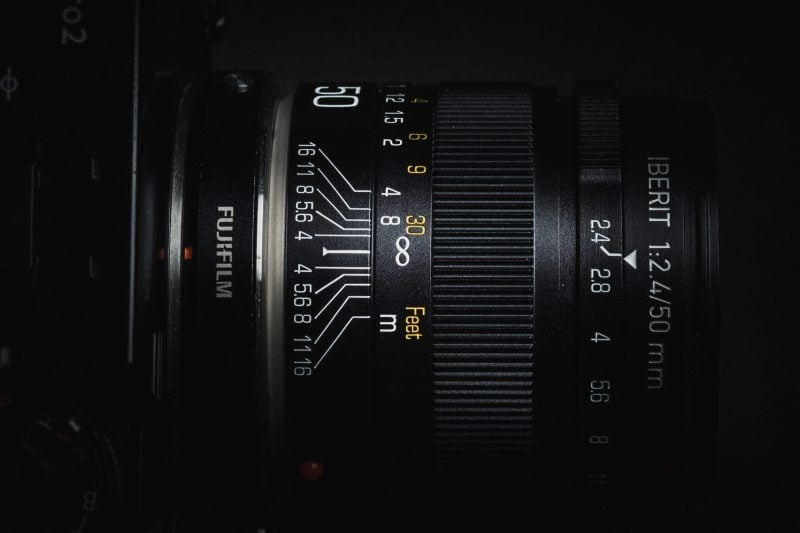
Kipon 50mm f2.4 | Technical Overview
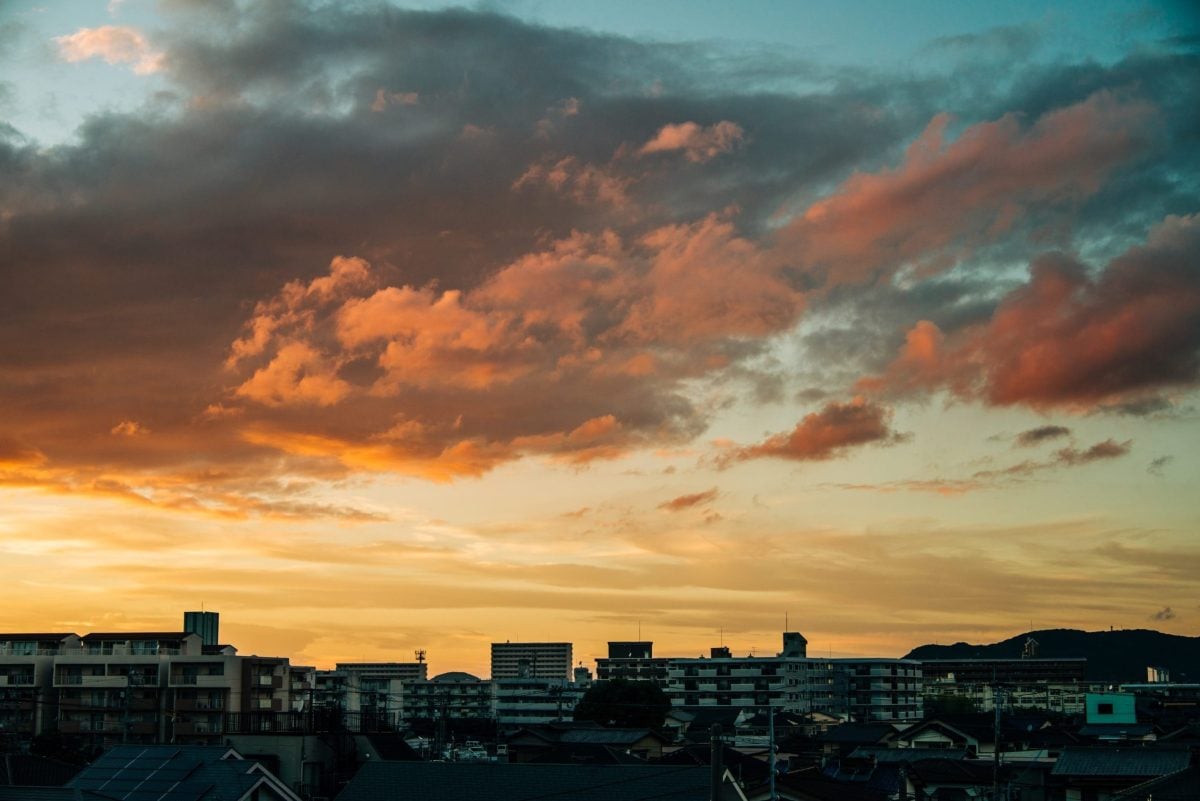
On the technical side, the Kipon 50mm f2.4 is generally good. It is possible to find better, but you may lose out on some artistic characteristics if that’s what you’re going for.
Pixel peepers will be happy to see a decent performance in the corners and really nice sharpness overall. There are sharper lenses out there, even by Kipon. For example, the IBELUX 40mm f0.85 is sharper, but this IBERIT really is sharp enough for almost anything, including landscape work.
The main technical flaws of this lens would be corner vignetting on full-frame bodies, and chromatic aberrations when wide open with high-contrast details.
Sharpness Charts
Sharpness is not too bad for a classicly designed lens and not too far off from the Zeiss Planar 50mm f2. It’s just a little softer wide open at f2.4, but at f2.8, it seems comparable to the Zeiss Planar 50mm f2. I need to reshoot these charts on the M11, but I will probably order a new lens first since Kipon has updated this lens a few times, from what you’re seeing here.
Center Sharpness
Center sharpness is pretty good. The sweet spot is at f4 and f5.6. Depending on the diffraction characteristics of your camera, the f8 will also look good.

Corner Sharpness
The corner sharpness on a full-frame body is decent. It’s nothing terrible but nothing amazing, either. Corners look best at f5.6 to f8.

Vignetting
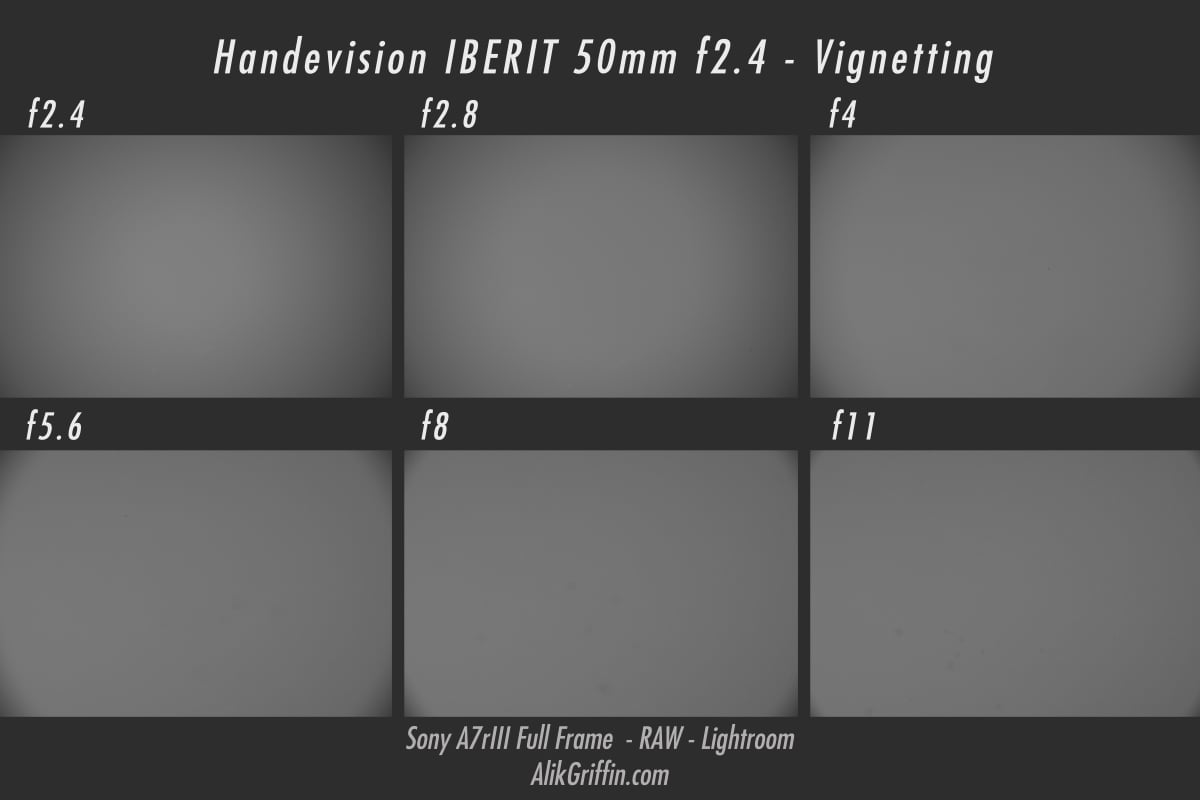
Corner vignetting can be a problem on full-frame Sony cameras, and stopping down never really gets rid of it. This could be because I am adapting a Leica version. On APS-C cameras, there is very little issue with vignetting.
Distortion
Very minor distortion. It actually performs better than the Zeiss 50mm f2 in terms of distortion.

Chromatic Aberrations

Chromatic Aberrations and color fringing is the biggest flaw of this lens. It actually reminds me a bit of the Kamlan 50mm f1.1 in that they both give purple and green CA in high-contrast situations, especially wide open, or in the corners when stopped down to f5.6.
In the above image, you can see some of it on Kalina’s hair. Stopping down helps get rid of it, but it is something you will have to deal with in high-contrast details and it will require some manual defringe in Lightroom, which could take up to 4 seconds of your time.
You won’t see this in every image; it usually occurs when the light is very bright or when there is significant edge contrast.
Art & Character

This lens has a lot of character. There is quite a bit of ghosting and flaring that can sort of bloom out.
Bokeh is pretty, even for an f2.4 lens. I actually like the classic rendering and pop and prefer it to my Industar 50 or any of my Helios lenses.
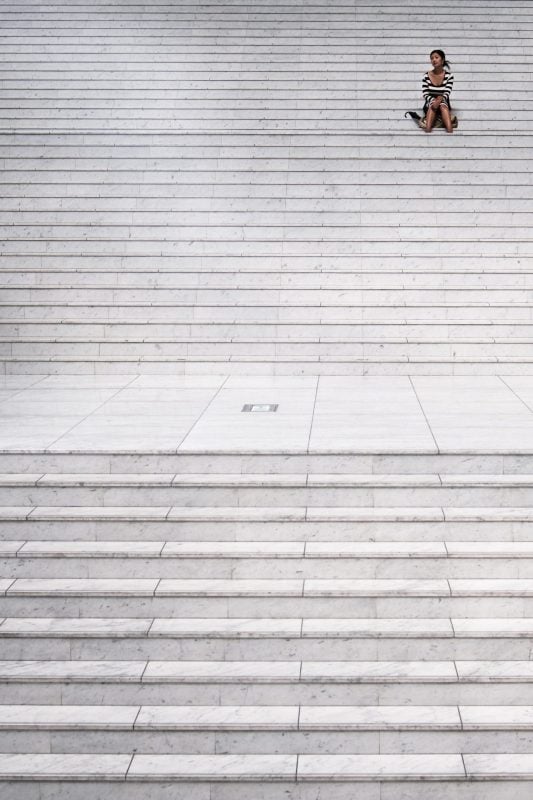
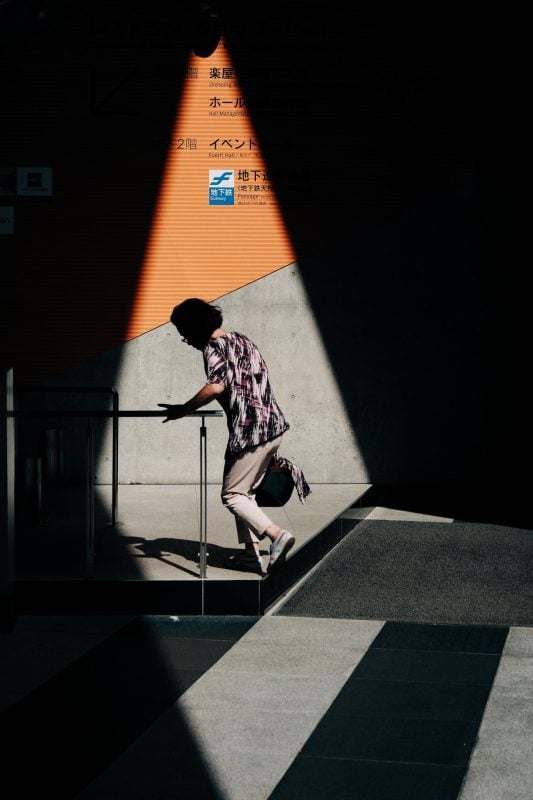
Bokeh

Wide-open bokeh is very smooth and rich, with a smooth transition between what’s in focus and what’s out of focus.

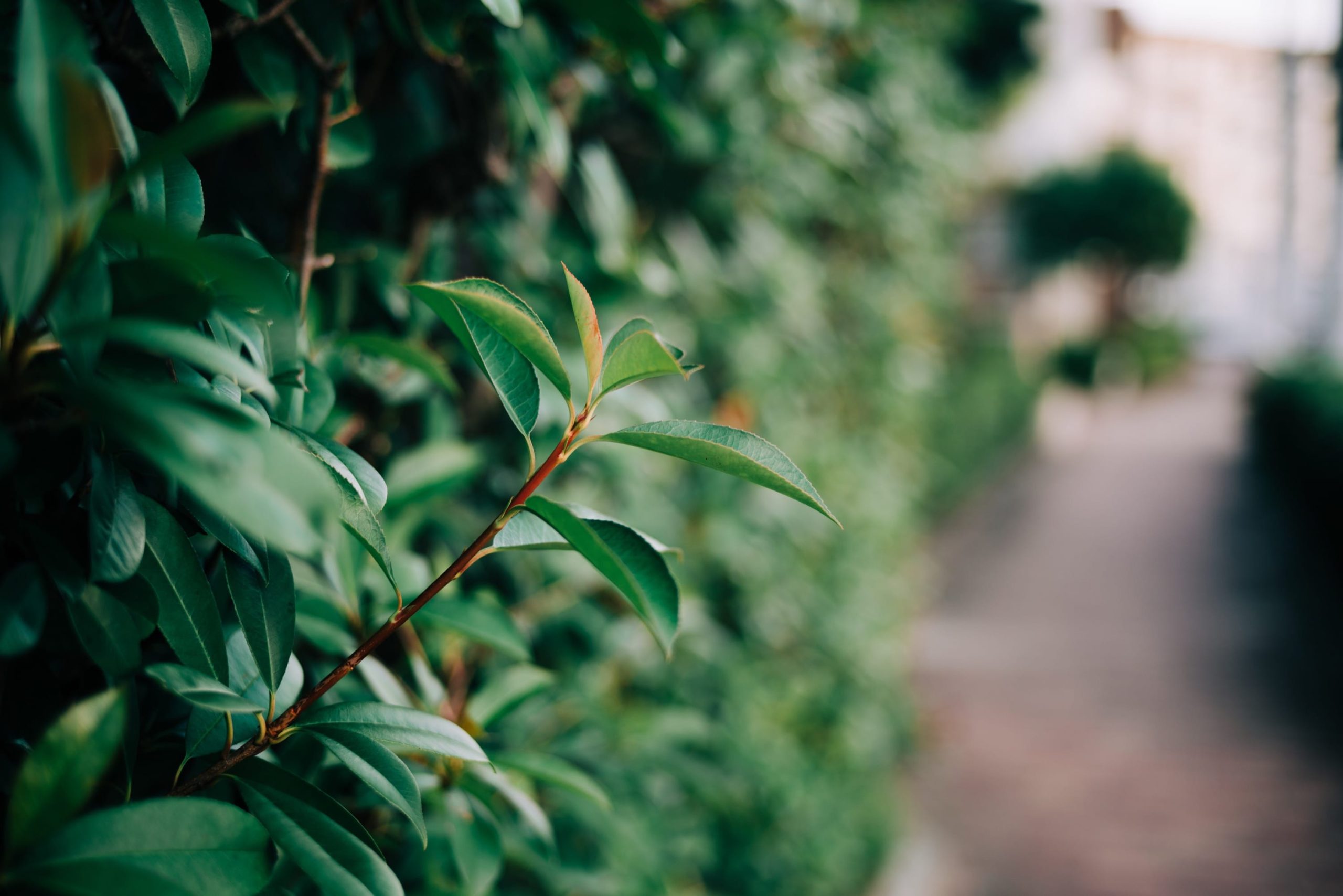

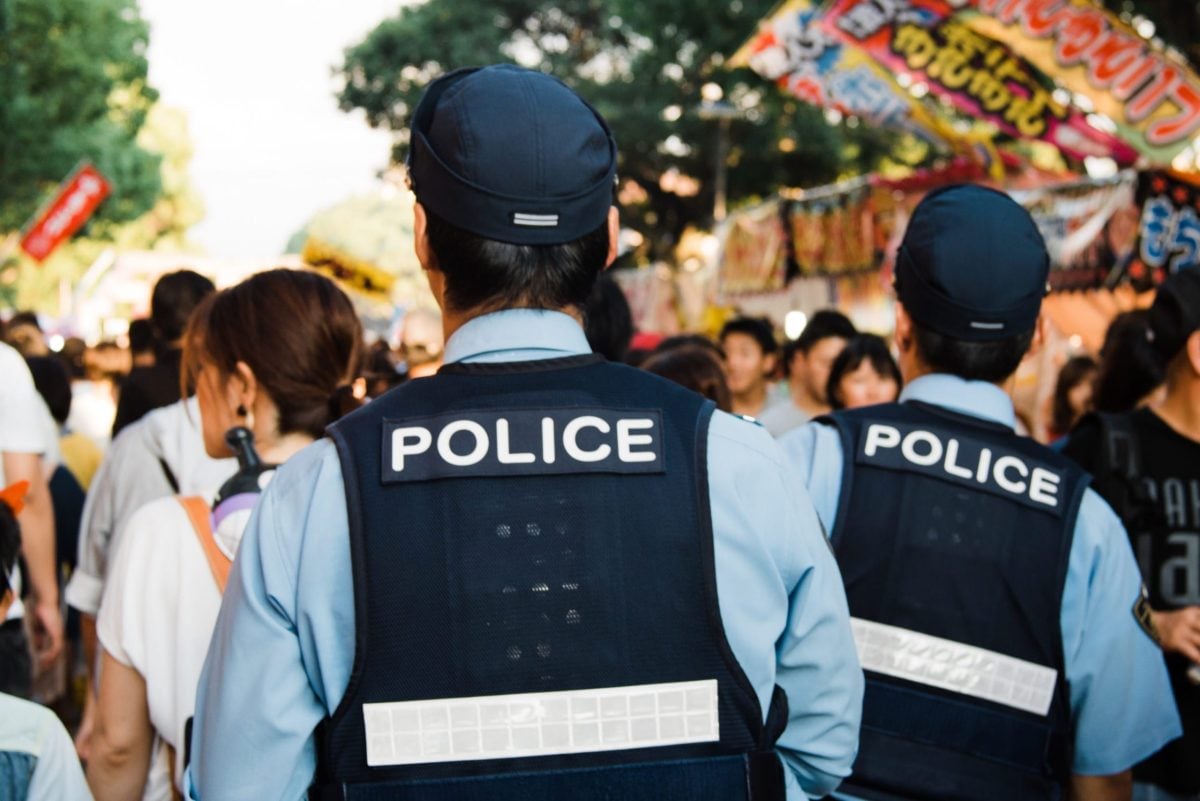
Color Rendering
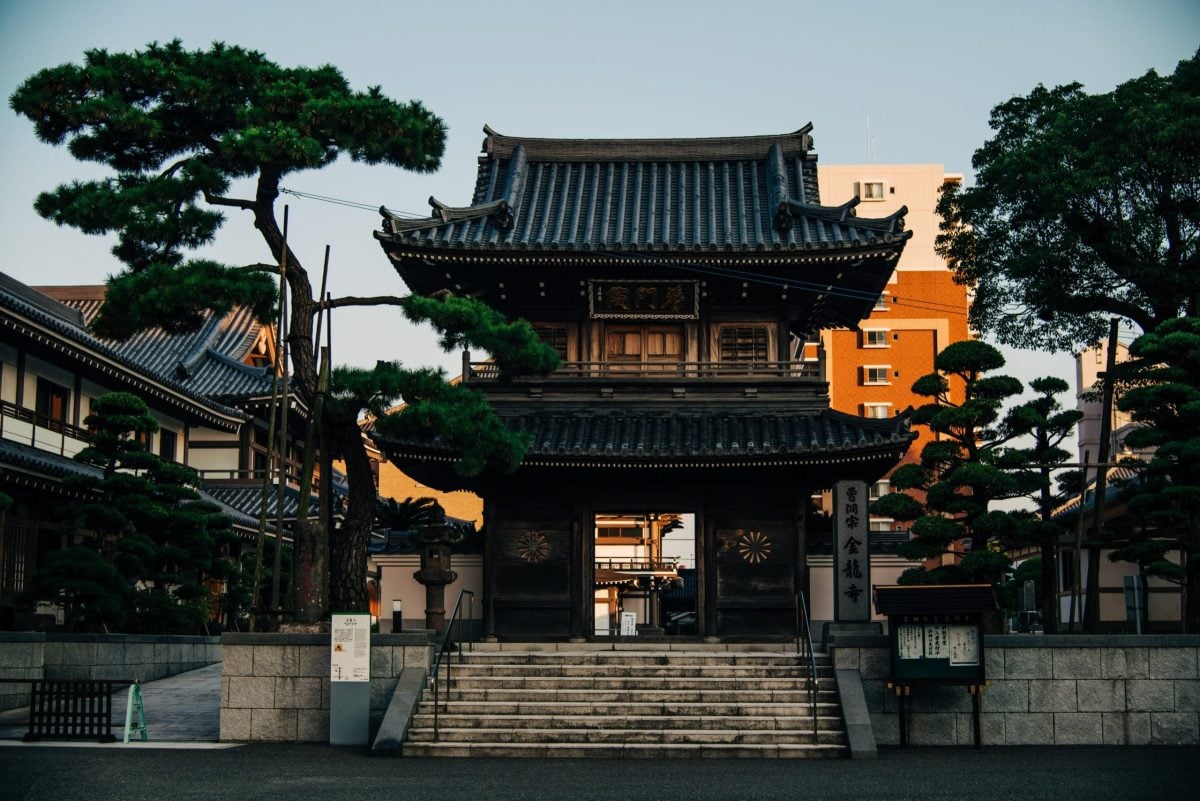
The color and contrast are very good. I’ve been shooting mostly with Sony for this review, and I’m finding I don’t have to add contrast to get the images to look nice; the colors always look good. I usually slightly shift around the colors to give them more style using Mastin Labs or VSCO, but if you’re shooting Provia with Fujifilm or classic chrome as JPG, you won’t have to do much.
When shooting solid colors, there are no strange color ring patterns or noticeable tonal or color shifts throughout the lens.
Straight Out Of Camera
Straight out of camera samples with Adobe Camera Raw. I imported them into Adobe to export and resize them for display here. No color or contrast was added.


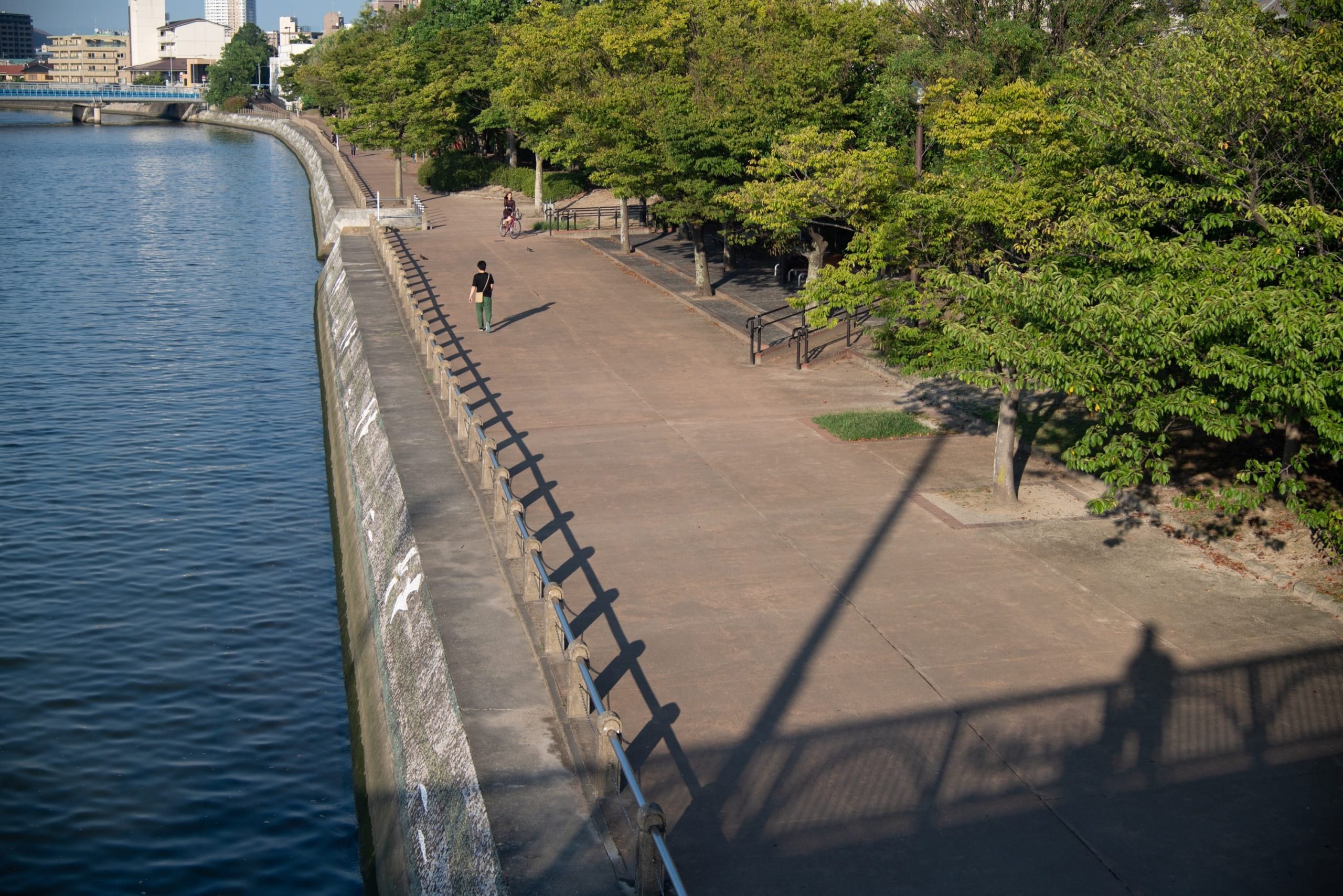
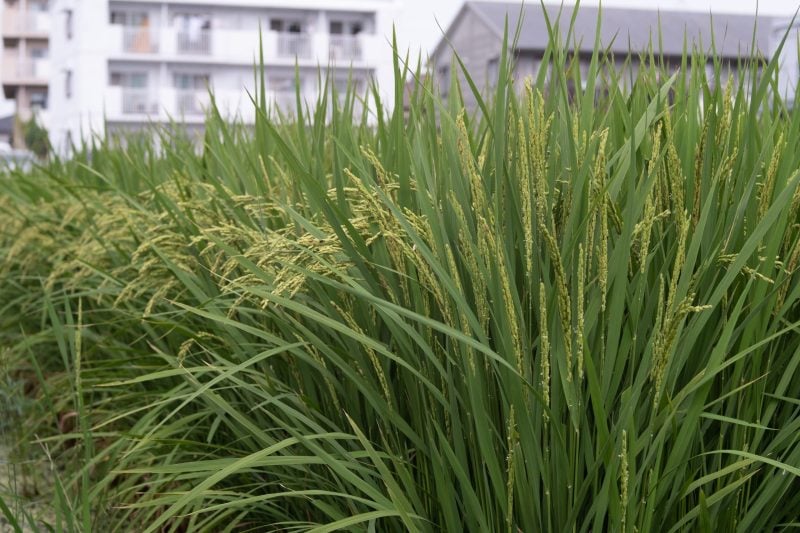
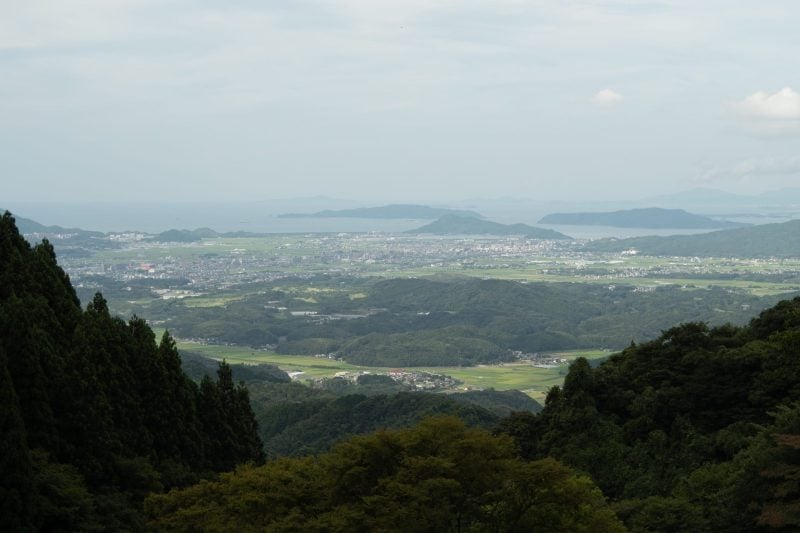
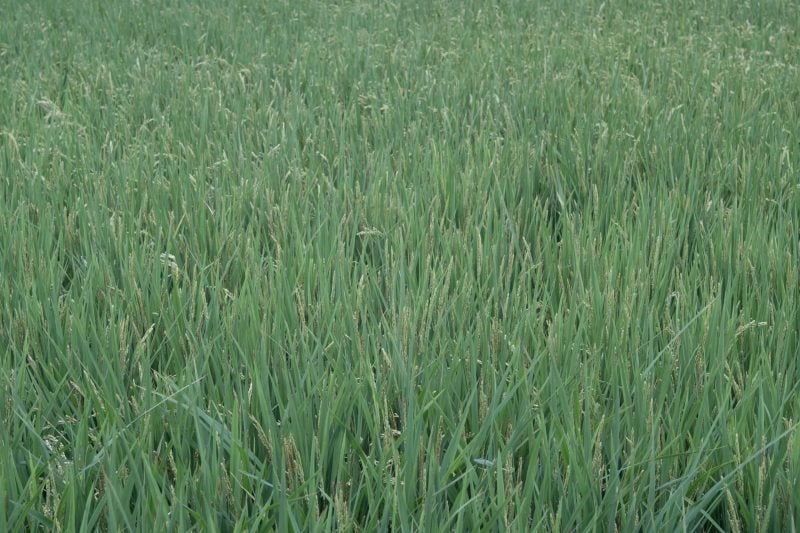

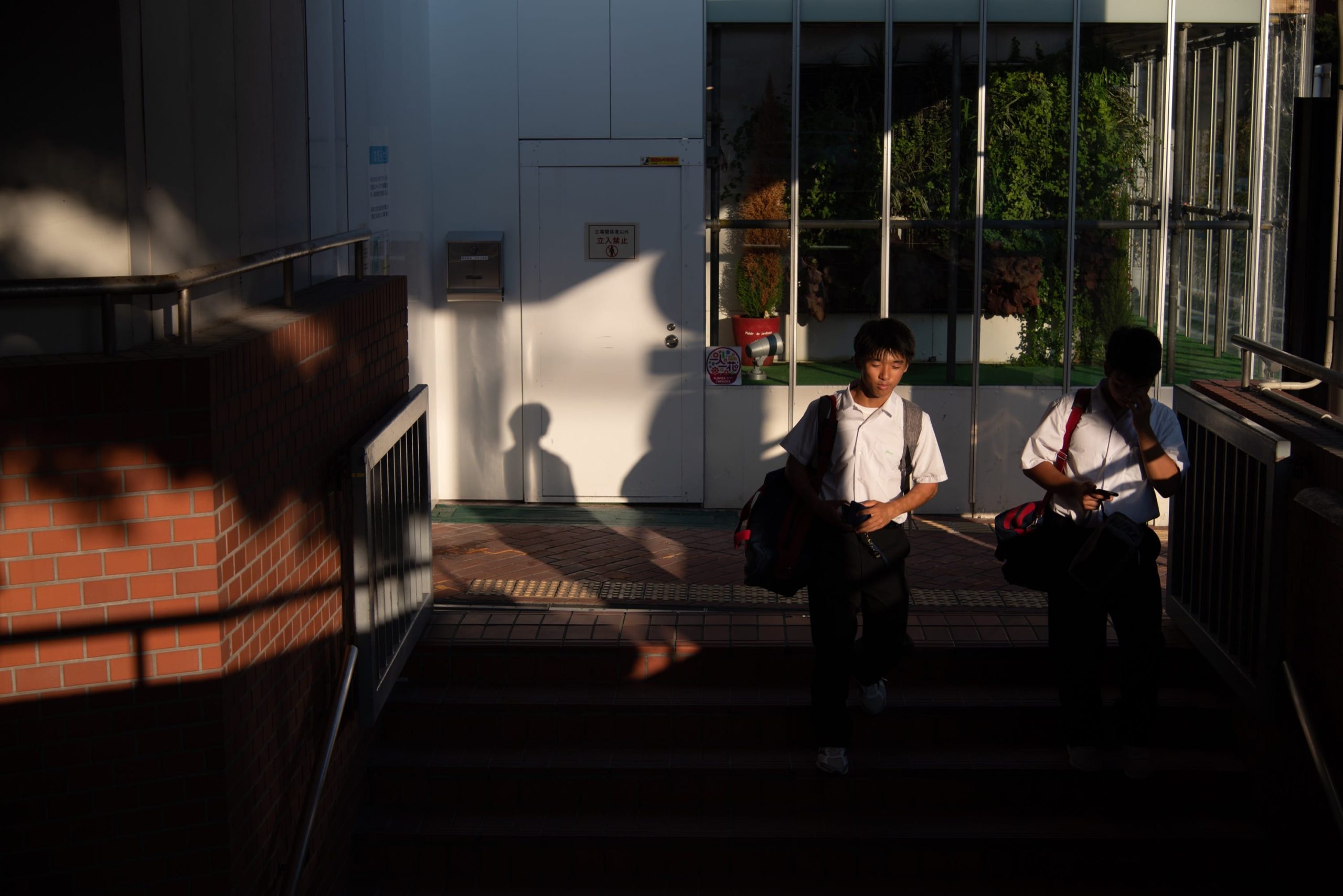
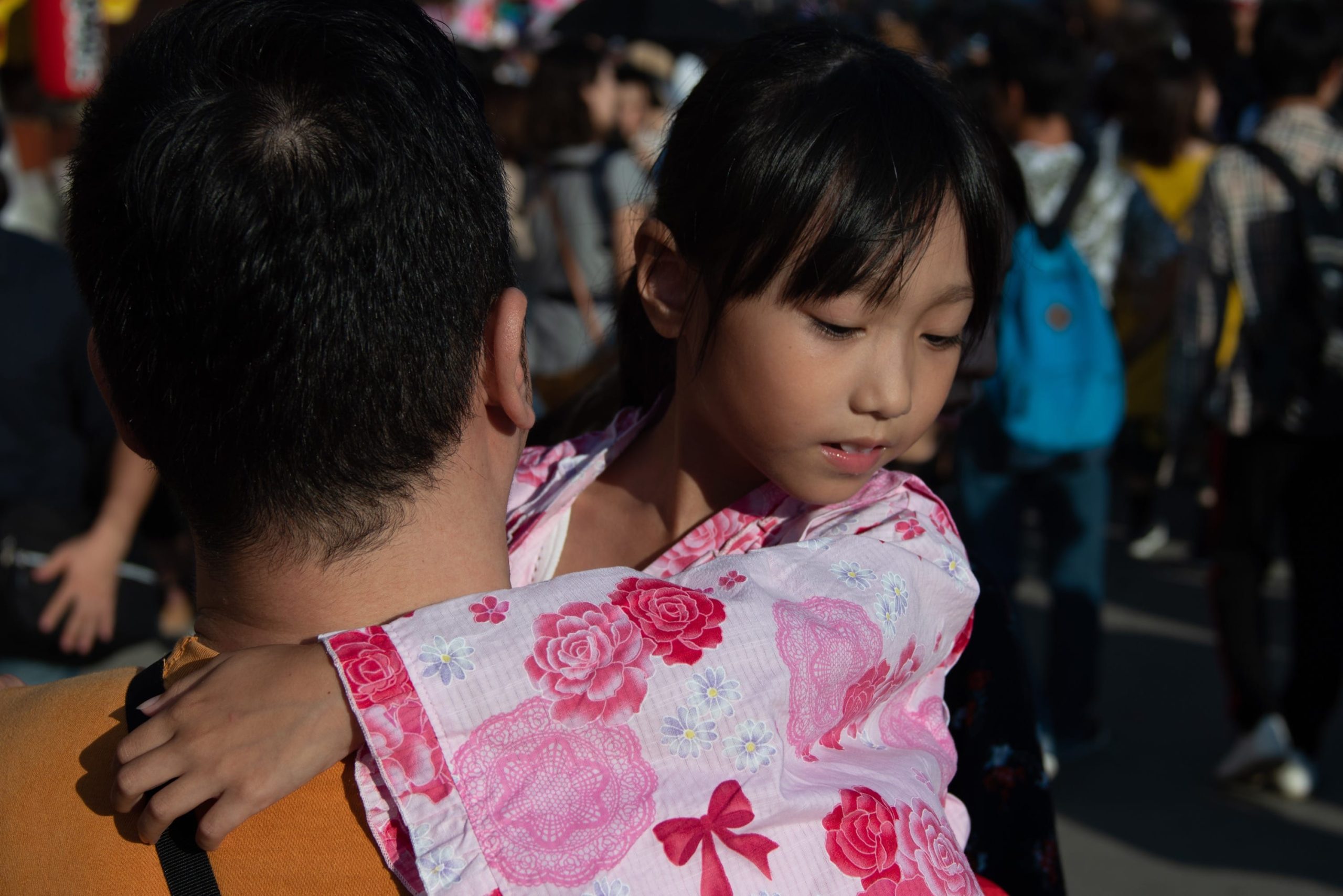
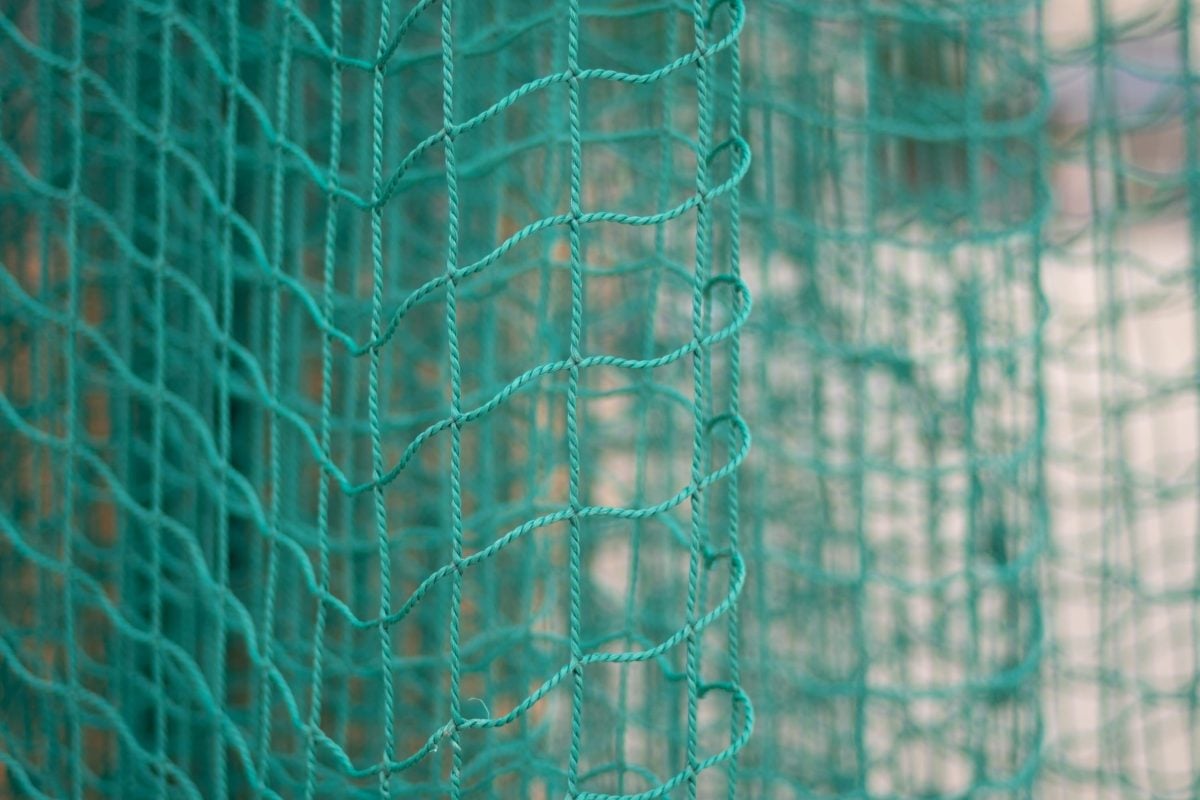
Flaring
I think this lens might be single-coated, possibly intentionally. A few Voigtlander lenses, like the 35mm and 40mm Nokton Classics, can be purchased with either a single coating or multi-coating as an option, depending on how many flares you like.
That’s the funny thing about lens reviews, right? They all act like flaring is a bad thing, but some people want the single-coating look. Remember that when going with Kipon lenses, they are classic by design.
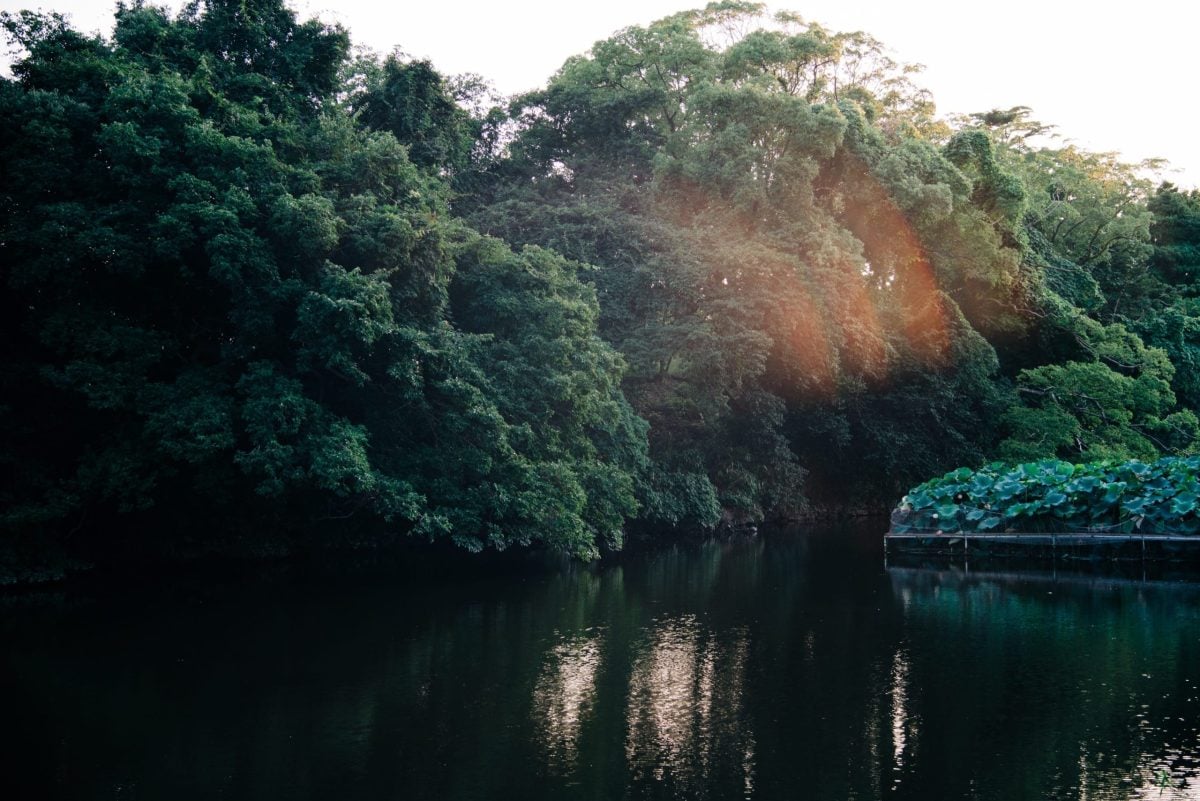
Pointed directly into the sun, this lens is pretty resistant to flaring and ghosting. You don’t really lose your contrast and saturation like with so many of my older 50mm lenses. However, you will get some pretty strange patterns when the sun is off to the side, and you never really get those cool circular shapes that some classic 50s produce.
These IBERIT lenses have bayonets for mounting lens hoods, so you may want to pick one up if this type of flaring bothers you. I usually just block out the sun with my hand when I don’t want to flare.

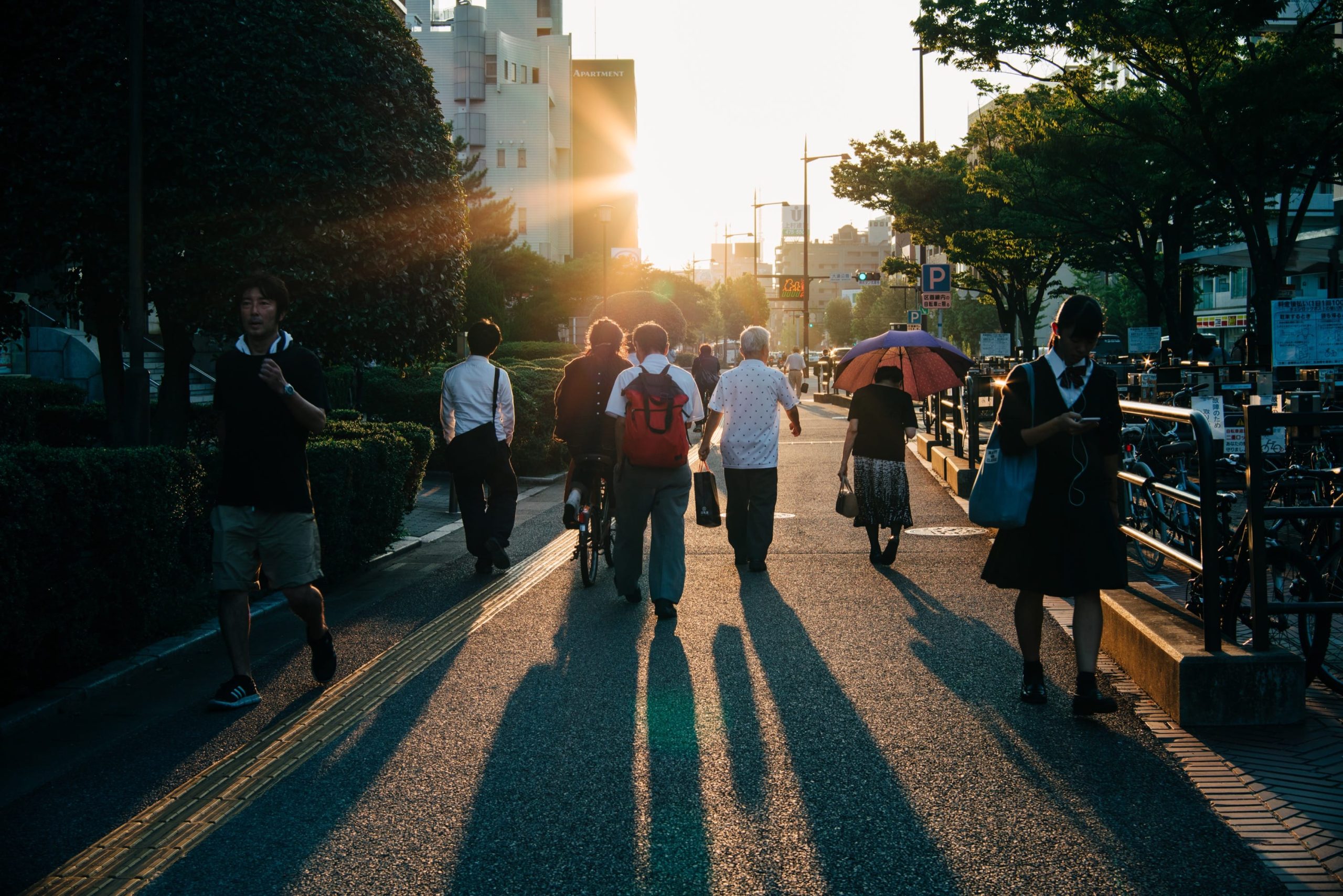
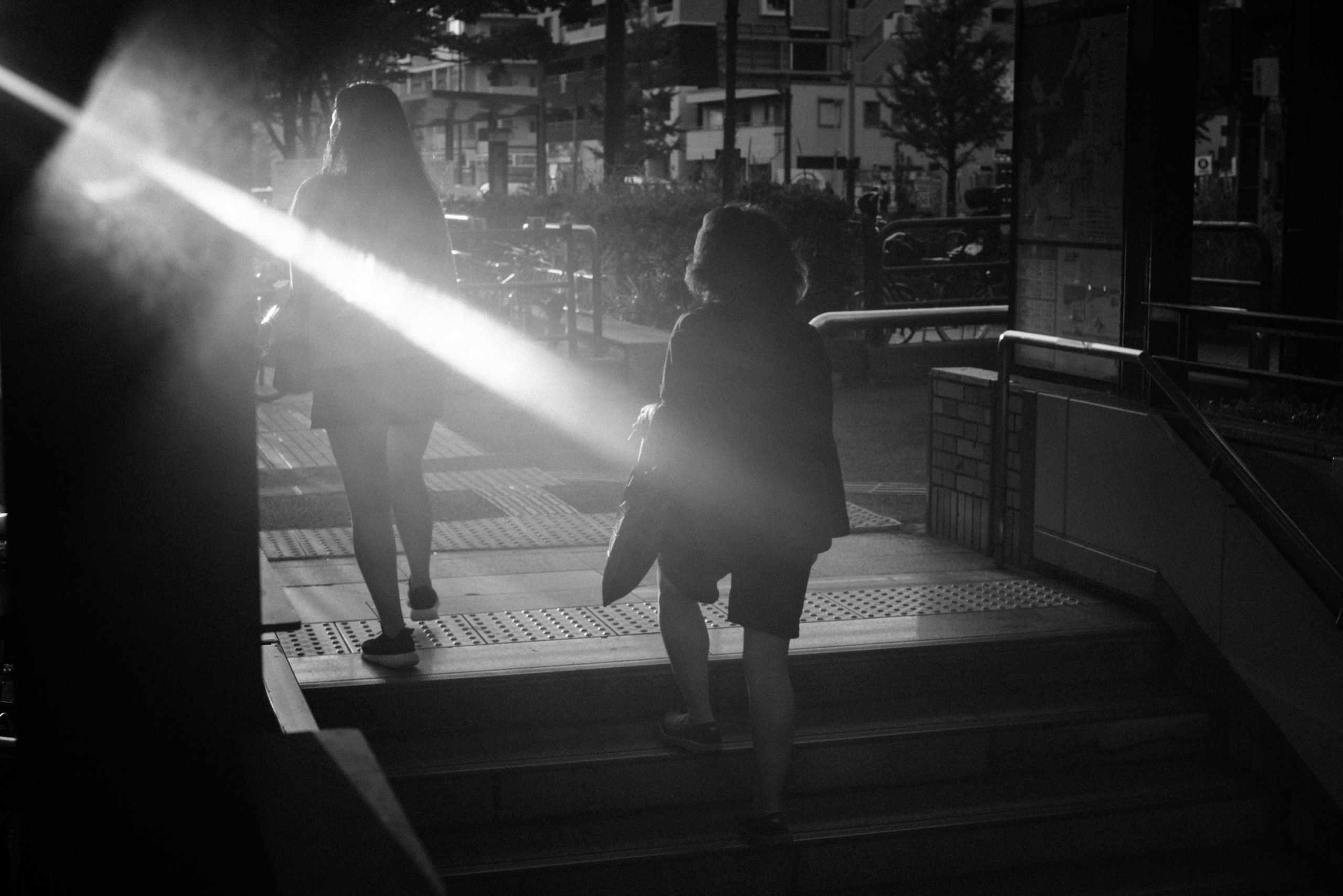
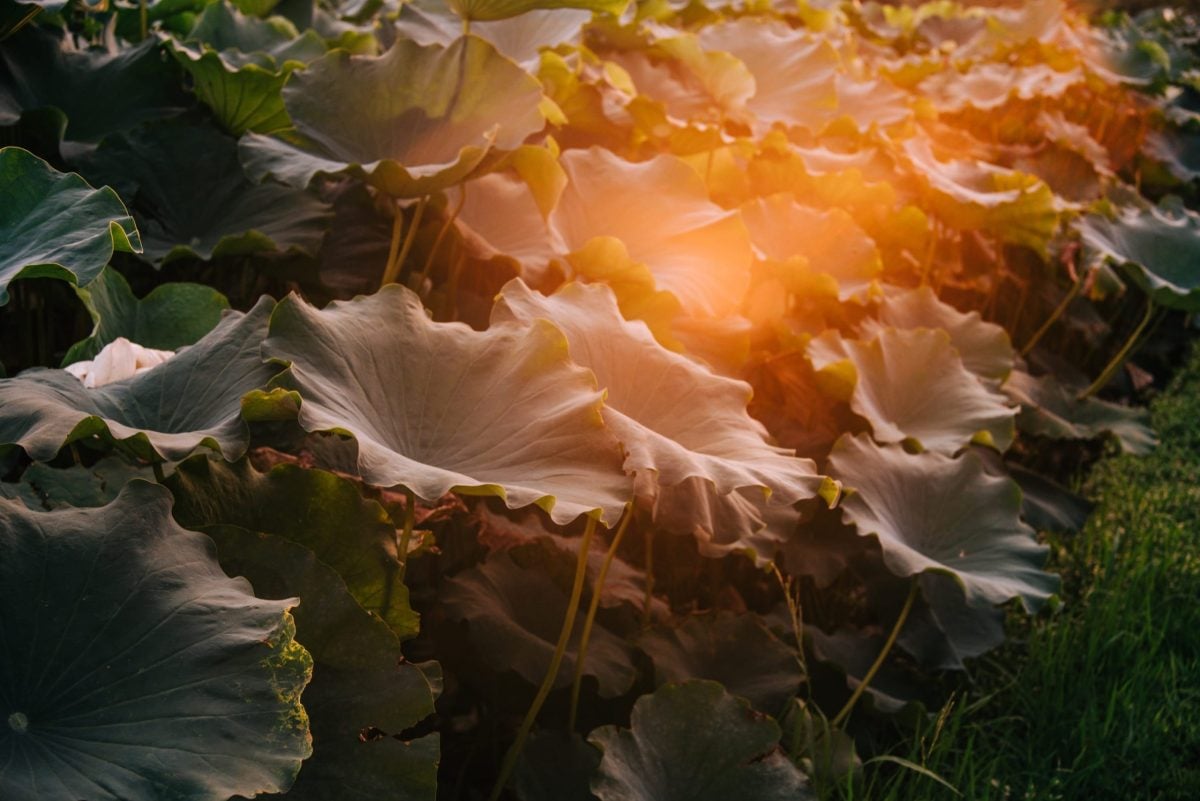
Contrast / Micro-Contrast
Contrast and micro-contrast are very good. They are two completely different things, I know, but they are both very important for black-and-white photography, which is why I group them together here.
Most of the 5-6 element lenses I’ve tested have been outstanding at reproducing great tonal fidelity, and this lens is no different. Most of the flaws with this lens completely disappear when shooting black and white and entirely disappear if you’re shooting black and white with an APS-C Fujifilm camera.
Flaring and high apertures (above f8) can neuter the tonal fidelity here, so you will have to watch out for that if you want the crispiest tonal details possible.


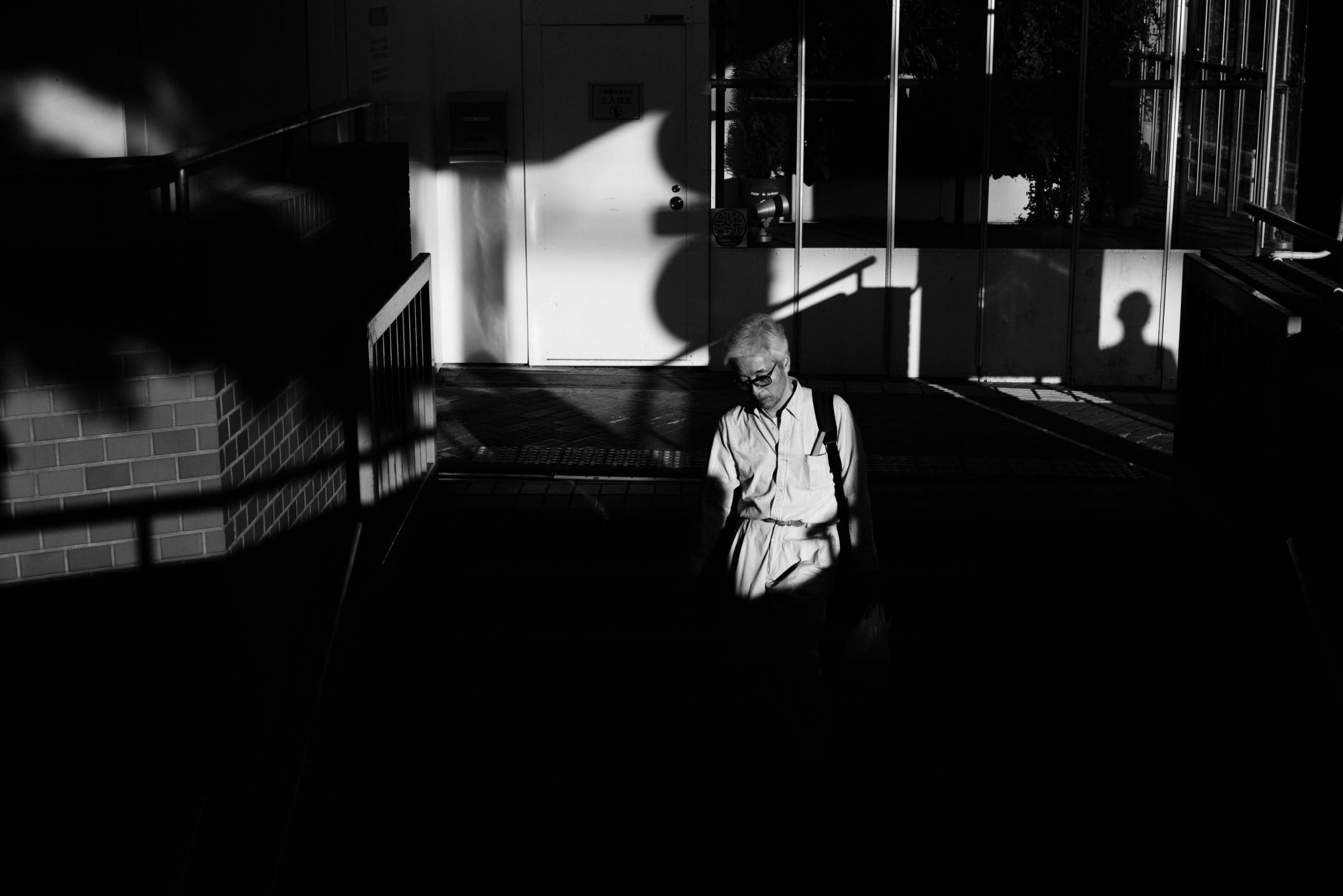

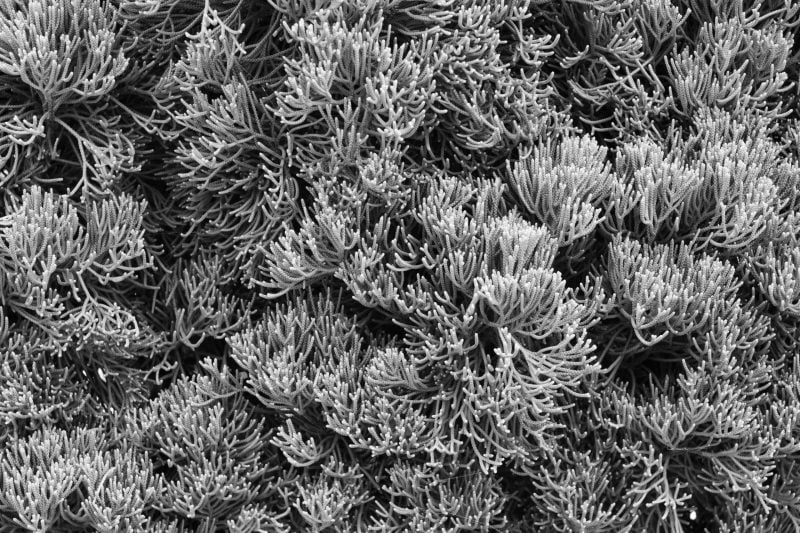
Kipon 50mm f2.4 Review | Bottom Line
For full-frame or even APS-C shooters looking for a compact manual-focus lens with really nice output, all of these Kipons are a lot of fun. Just don’t go into them expecting them to match the quality of something like a heavier and more expensive Voigtlander or Leica. I buy the Kipon lenses because I use them as lightweight adventure lenses that I can toss around and beat up on. In other words, they are great for street photography.
Rendering with the 50mm IBERIT is awesome and it is cheap enough in terms of price (especially when on sale), that I wouldn’t get hurt feelings if I broke one. Overall, the 50mm is a good bang for the buck for full-frame shooters, but I think my favorite IBERIT lenses are still the 35mm f2.4 and 75mm f2.4.
Compared to the cheap Chinese brand lenses, I usually prefer the Kipon lens to any of my 7Artisans, TTArtisans, or SLR Magic unless I need something faster for shooting at night. But really, Kipon lenses are in a totally different class than those 7Artisans and Meike lenses.
Although the Kipon 50mm can’t be considered a very fast lens compared to a lot of the cheaper alternatives, you will see improvements in the overall corner-to-corner sharpness and contrast and it will give you much better rendering when shooting street or black-and-white photography.
There is something really cool about this lens’s rendering, but since it is a full-frame lens, it is going to be a little bit expensive if you’re used to paying APS-C prices.
Other Lenses To Consider
Voigtlander Nokton 50mm f1.5 II – This is a much different lens, being more of a portrait 50mm than a classic character lens. The Voigtlander uses an aspherical design and will outperform this lens in sharpness at comparable apertures, but, it just has a totally different rendering and some bokeh that can get very strange and distracting at times.
Zeiss Planar 50mm f2 – Also a non aspherical design. The Zeiss has been around a long time and has a really nice build quality. Zeiss lenses have a very strong mid-to-shadow contrast, so the Planar looks very different. The Zeiss has better CA and flaring control but the worst distortion. I also like the bokeh a little more on the Kipon lens.
Leica Summicron 50mm f2 – I don’t have this lens, but it will be very similar to the Zeiss but with different coatings for a different look.
Kipon IBERIT 50mm f2.4 – Amazon / Adorama / BHphoto
Kipon 50mm f2.4 Sample Images



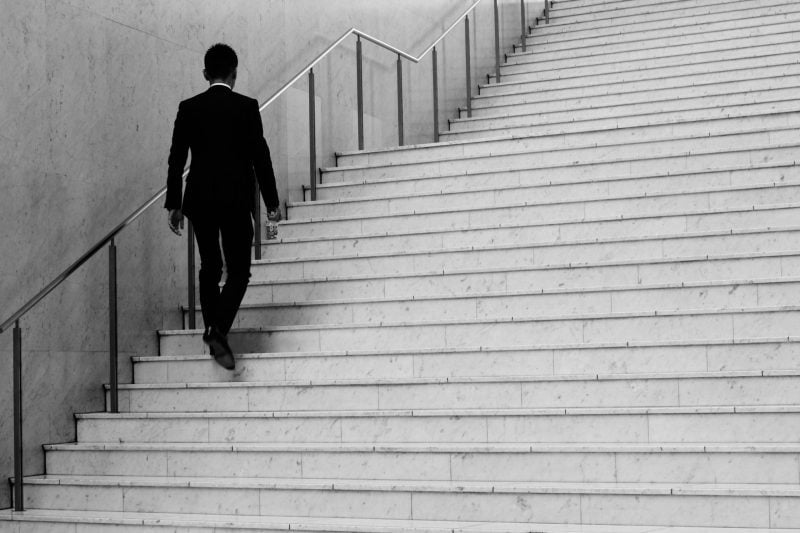
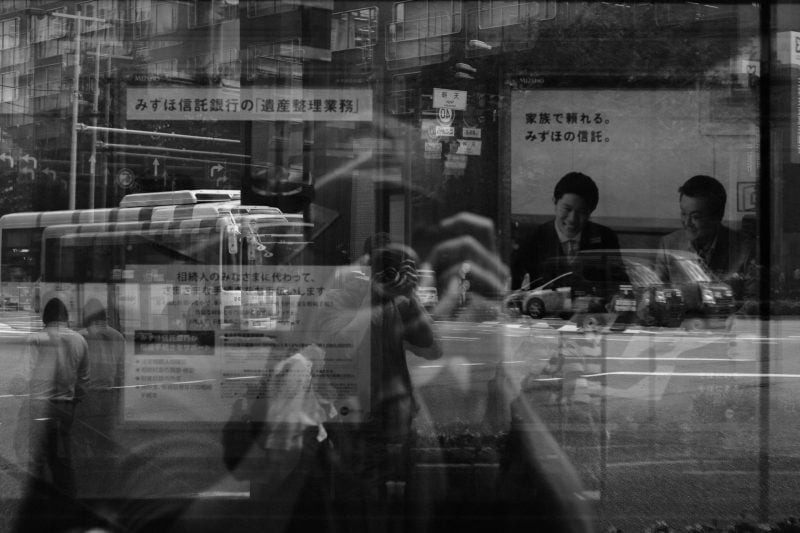
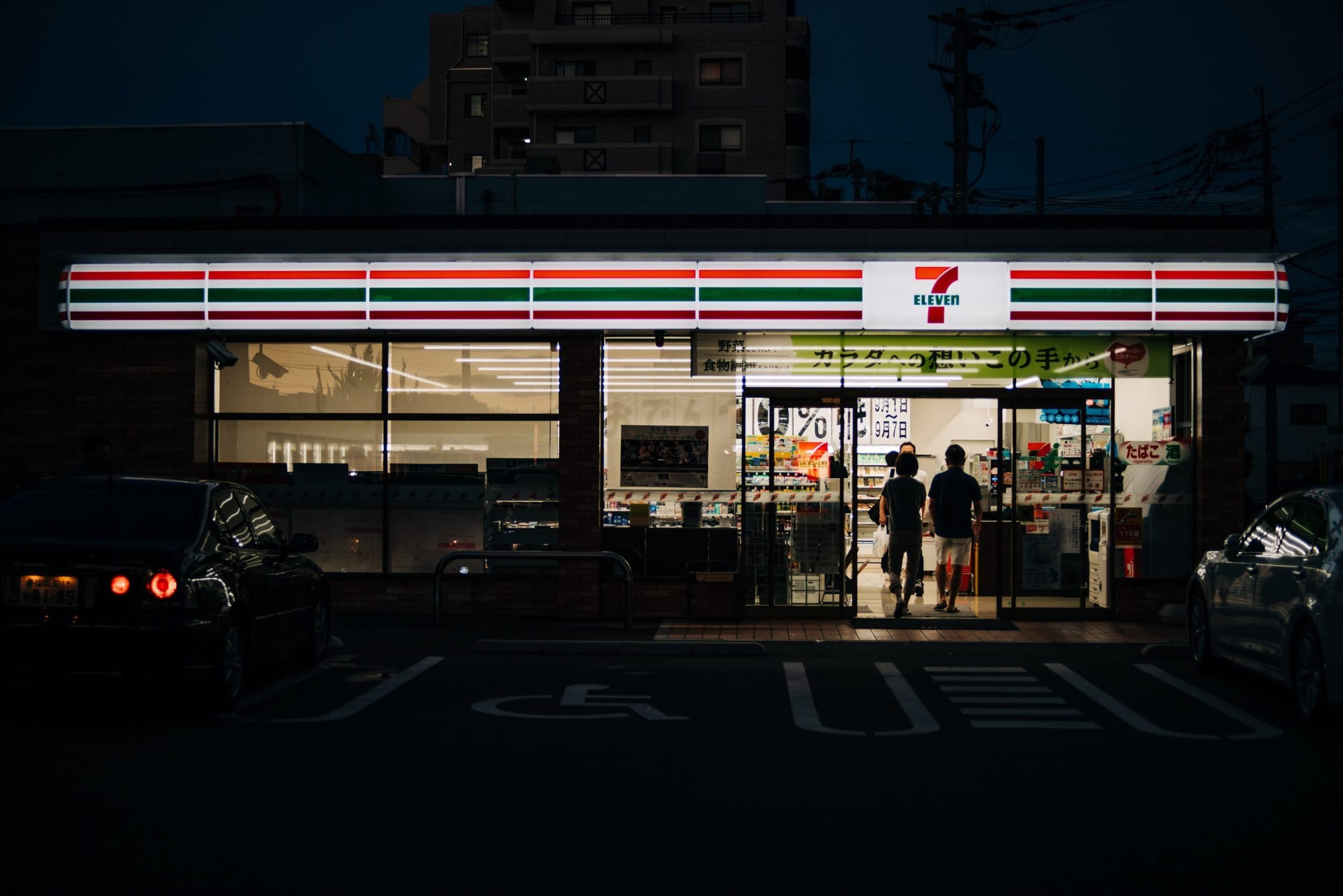
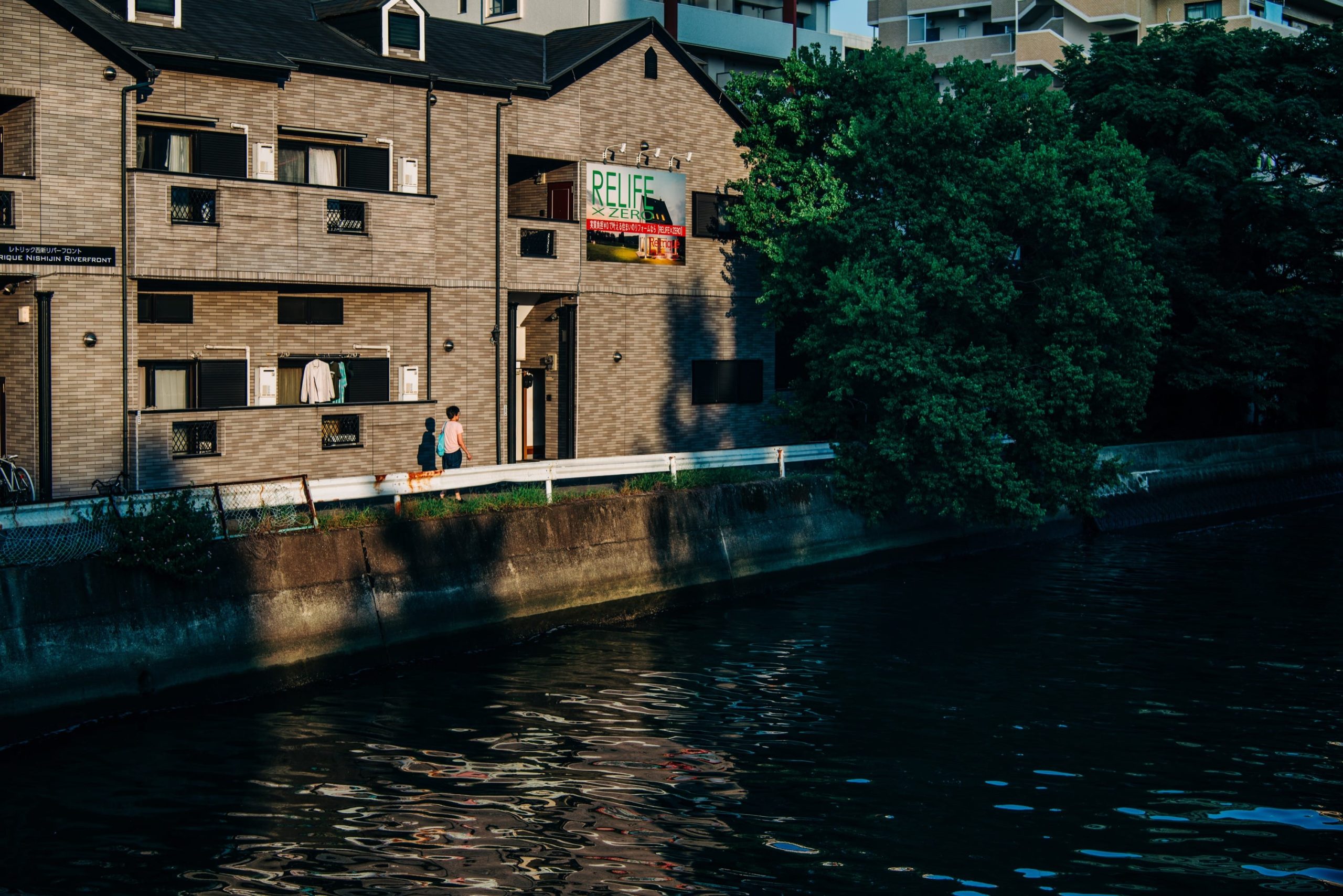
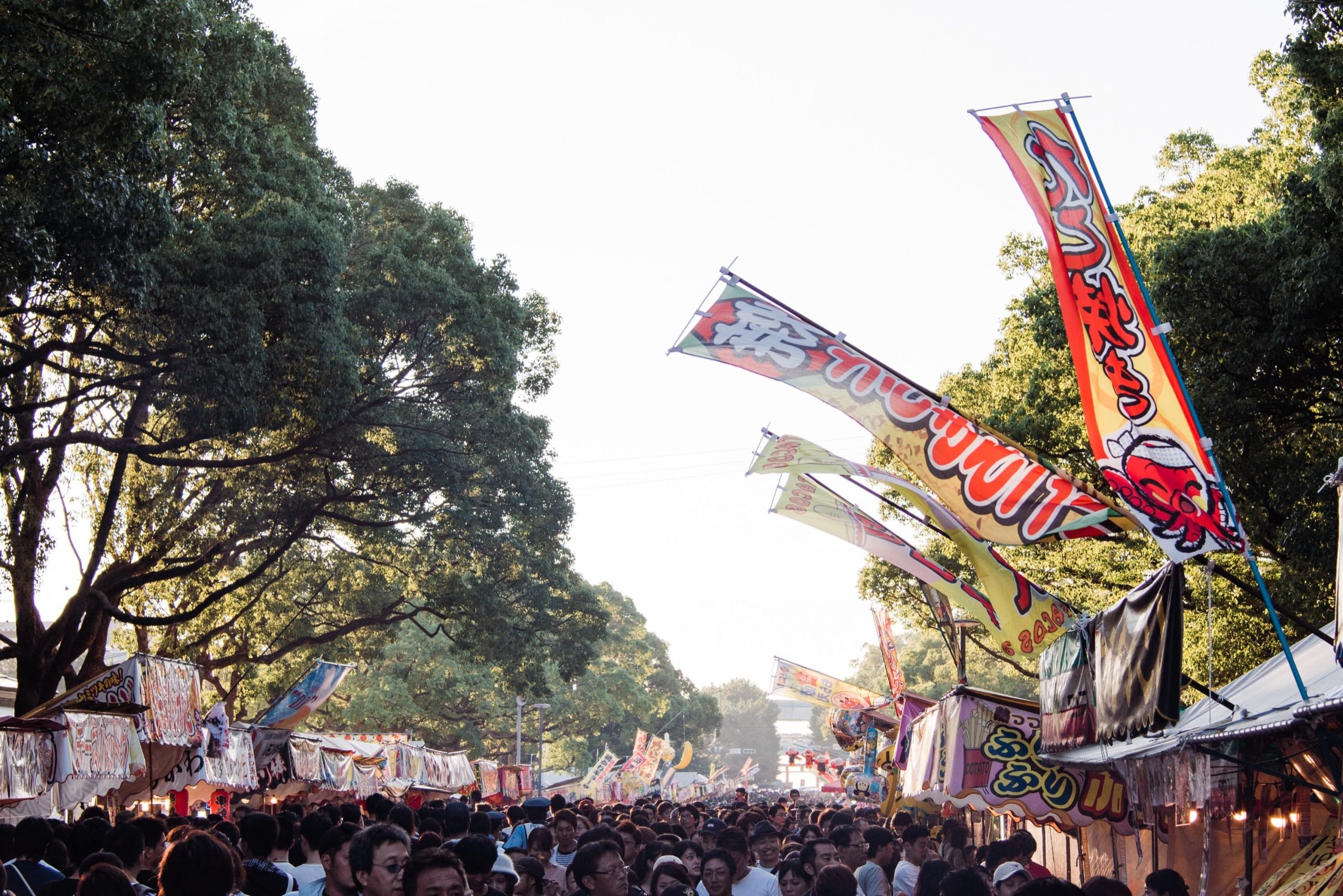
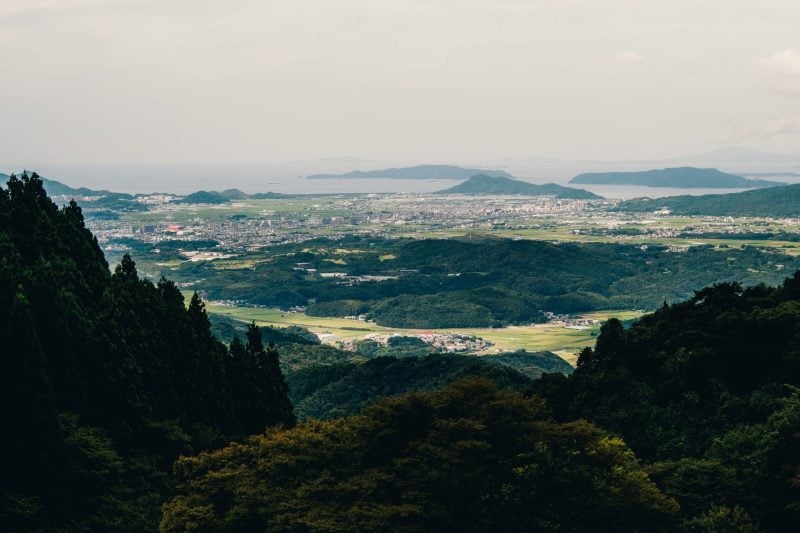
| **This website contains affiliate links. We will earn a small commission on purchases made through these links. Some of the links used in these articles will direct you to Amazon. As an Amazon Associate, I earn from qualifying purchases. |

